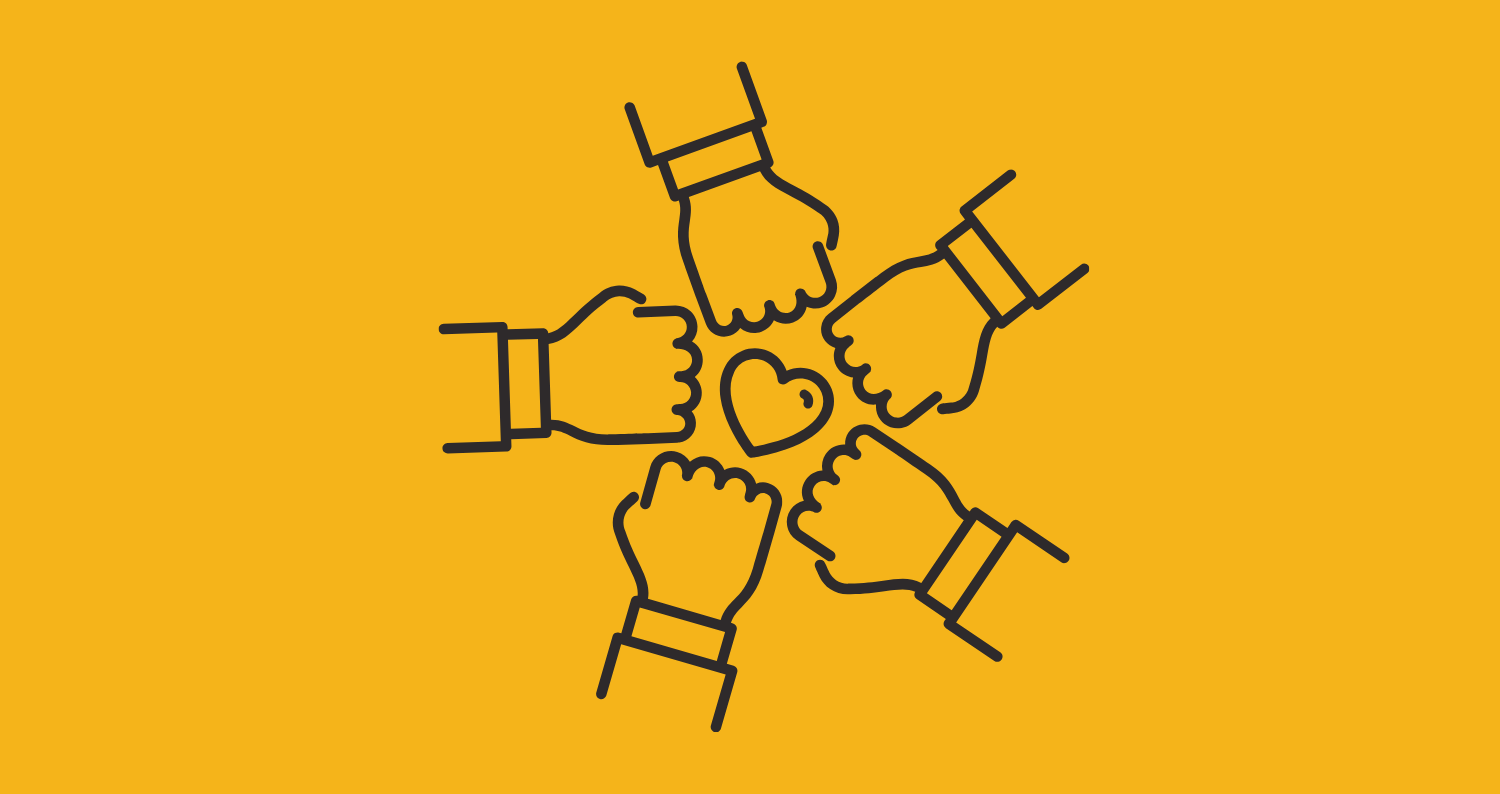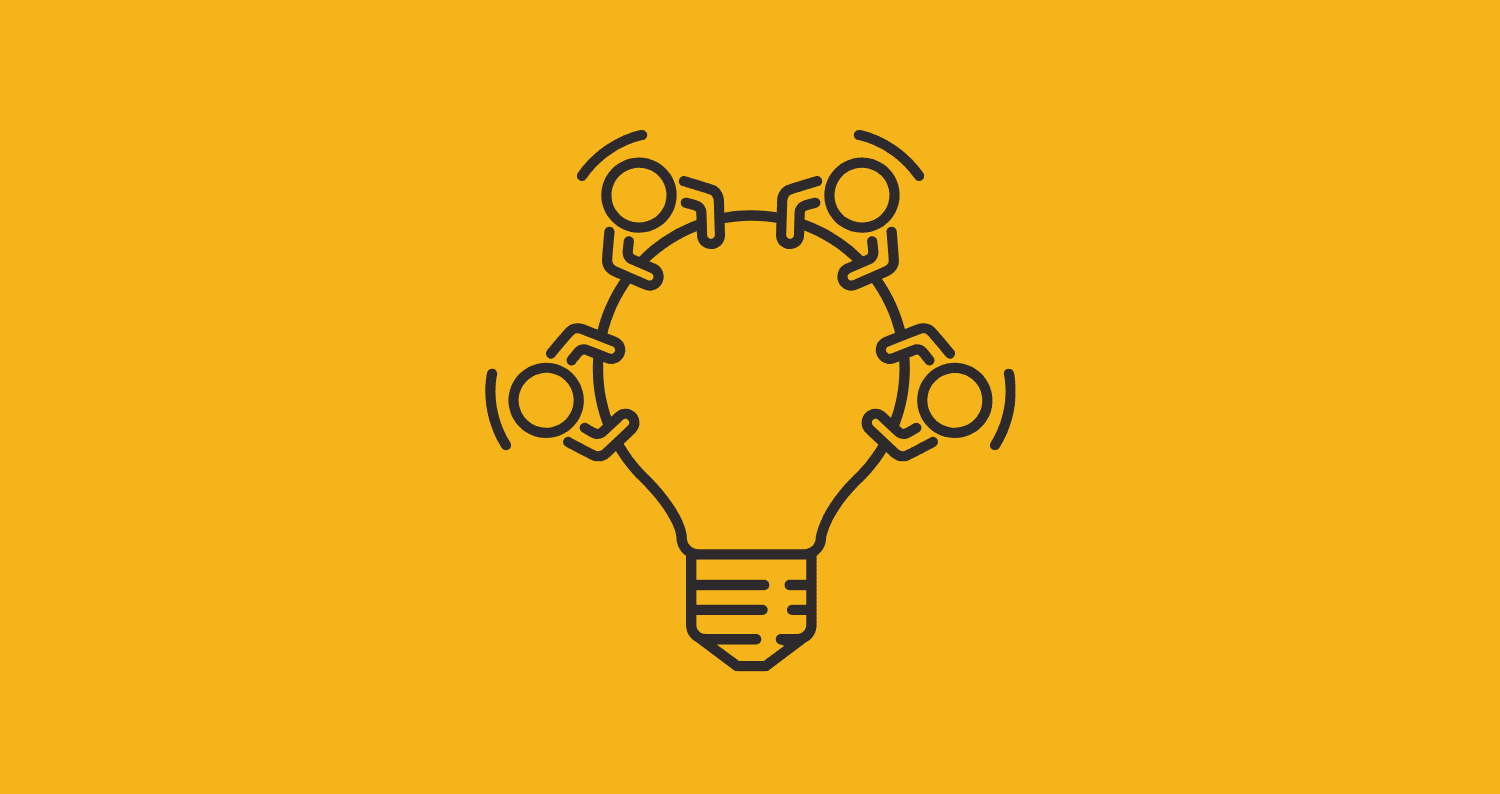
Proven Approaches
Traditional accountability methods often fail because they focus on enforcement rather than engagement. Every leader has experienced the frustration of accountability initiatives that start strong but quickly fade. These exercises are different – they create lasting change by developing accountability as a team capability, not just a compliance requirement.
Why Accountability Exercises Matter
Before diving into specific exercises, understand this: accountability isn’t built through policies or procedures alone. It’s developed through consistent practice and experiential learning. Like building muscle, accountability strengthens through regular, intentional exercise.
Think of these exercises as your team’s accountability gym – each one strengthens different aspects of ownership and responsibility. The key is consistency and progression, starting with foundational exercises and building to more complex accountability practices.
1. The Commitment Circle
The power of public commitment has been proven repeatedly in behavioural psychology. When we verbalize our intentions to others, we’re significantly more likely to follow through. The Commitment Circle harnesses this principle in a structured way that builds both individual accountability and team trust.
This exercise creates a formal space for commitments while keeping them focused and achievable. The circle format is intentional – it creates equality among participants and encourages direct communication. The key is ensuring commitments are specific, measurable, and achievable within the given timeframe.
How it works:
- Team members sit in a circle (virtual or physical)
- Each person shares one key commitment for the week
- Others ask clarifying questions about success measures
- Following week begins with commitment review
- Successes are celebrated, challenges are problem-solved together
2. Decision Mapping
Most accountability failures occur not from lack of intention, but from failure to understand the full impact of our decisions. Decision Mapping is a visual exercise that reveals the interconnected nature of team decisions and their consequences. This exercise helps teams develop a more nuanced understanding of accountability by making visible the often-invisible ripple effects of their choices.
The exercise works best when applied to significant decisions that affect multiple stakeholders. By mapping these connections explicitly, teams develop a more sophisticated approach to decision-making and naturally take greater ownership of their choices.
Process:
- Choose a recent significant team decision
- Map out all stakeholders affected (primary and secondary)
- Identify direct and indirect impacts
- Create action plans for managing consequences
- Review actual outcomes against predicted impacts
3. Success Attribution Exercise
Often, team members don’t recognize their true impact on success – they either overestimate or underestimate their contribution. This exercise creates clarity about individual and collective responsibility for outcomes. It builds a more nuanced understanding of how personal accountability contributes to team success.
The power lies in making explicit what’s often left implicit. By clearly identifying contributions, teams develop a stronger sense of interdependence and personal responsibility.
Steps:
- List recent team successes in detail
- Each member identifies their specific contributions
- Team discusses overlooked contributions
- Create recognition patterns
- Develop success templates for future projects
4. The Accountability Mirror
Self-awareness is the foundation of accountability. This exercise creates structured reflection time that helps team members understand their accountability patterns. It’s designed to be both challenging and supportive, pushing people to honest self-assessment while maintaining psychological safety.
The key is consistency – this exercise works best when done regularly, creating a rhythm of reflection and adjustment that builds stronger accountability habits over time.
Implementation:
- Each member reviews past week’s commitments in detail
- Self-assessment of follow-through and impact
- Identify patterns in both successes and shortfalls
- Create specific, actionable improvement plans
- Share learnings with accountability partners
5. Solution Circle
This exercise transforms complaint sessions into accountability opportunities. It’s particularly effective for teams that tend to focus on problems rather than solutions. The structured format ensures that every challenge becomes an opportunity for developing stronger accountability.
The exercise works by shifting focus from external factors to internal agency – what can we do about this situation, regardless of its cause?
Structure:
- One person presents a specific challenge
- Team asks clarifying questions (no solutions yet)
- Each member offers one potential solution
- Presenter commits to specific actions
- Follow-up scheduled for next session
6. Stakeholder Perspective
Understanding accountability requires seeing beyond our immediate responsibilities. This exercise develops empathy and broader thinking about impact. It’s particularly valuable for teams that interact with multiple departments or external stakeholders.
The exercise creates awareness of how team actions affect others, building a more comprehensive understanding of accountability.
Process:
- Identify key stakeholders impacted by team work
- Role-play their perspectives and concerns
- Discuss direct and indirect impacts of team actions
- Create stakeholder success metrics
- Develop communication and feedback channels
7. Weekly Win-Learn-Change
This exercise creates a sustainable rhythm of accountability through structured reflection and commitment. Unlike more complex exercises, its simplicity makes it ideal for regular use. The power lies in its consistency and the way it links past performance to future actions.
By connecting wins, learnings, and specific changes, teams develop a growth mindset around accountability. It transforms accountability from a backward-looking measure to a forward-focusing tool for improvement.
Format:
- Share biggest win from the past week with specific impact
- Discuss key learning that emerged from experiences
- Commit to one concrete change based on learning
- Following week begins with change review
- Document patterns of improvement over time
8. The Responsibility Hand-off
Most accountability breakdowns happen during transitions. This exercise creates clear protocols for transferring responsibility, ensuring nothing falls through the cracks. It’s particularly valuable for complex projects or cross-functional teams.
The exercise builds awareness of how seemingly simple hand-offs can become accountability gaps. By making the process explicit, teams develop stronger ownership during transitions.
Steps:
- Establish clear hand-off protocols for each project phase
- Create explicit acceptance criteria
- Define success metrics before transfer
- Set up follow-up schedule and checkpoints
- Document lessons learned from each transition
9. Accountability Partnership Pods
Sustainable accountability often requires peer-level support. This exercise creates structured partnerships that provide ongoing support and challenge. Unlike traditional mentoring, these pods focus specifically on accountability and execution.
The small group format (2-3 people) ensures deep engagement while maintaining manageability. These partnerships often become a foundational part of team accountability culture.
Structure:
- Form pairs or triads based on complementary strengths
- Weekly meetings with structured agenda
- Share specific commitments and challenges
- Offer resources and support strategies
- Track progress and patterns together
- Rotate partnerships quarterly for fresh perspectives
10. Impact Visualization
Abstract accountability often feels less urgent than immediate tasks. This exercise makes accountability tangible by creating clear connections between daily actions and larger outcomes. It helps teams see how their current choices shape future results.
The visual component is crucial – seeing these connections mapped out creates stronger emotional engagement with accountability.
Process:
- Create visual maps linking daily tasks to team goals
- Connect team goals to organizational mission
- Identify and track key impact metrics
- Develop visible scorecards or dashboards
- Regular review and update of connections
11. The Future-Back Exercise
Most accountability focuses on past performance. This exercise flips that perspective, building accountability for future outcomes. It helps teams take ownership of long-term success by making it concrete and actionable today.
The exercise is particularly powerful for strategic initiatives or major change efforts where current actions significantly impact future results.
Implementation:
- Define clear future success state with metrics
- Work backwards to identify critical milestones
- Create specific accountability assignments
- Establish regular progress check-ins
- Adjust plans based on emerging insights
Making Exercises Work
For maximum impact, consider these implementation principles:
Choose Strategically
- Match exercises to your team’s current accountability level
- Start with simpler exercises to build confidence
- Progress to more complex exercises as capability grows
- Mix different exercise types for comprehensive development
Create Consistency
- Schedule regular practice sessions
- Build exercises into existing team rhythms
- Document and share learnings
- Celebrate progress and improvement
Measure Impact
Track progress through:
- Team engagement levels
- Commitment completion rates
- Communication quality
- Results achievement
- Cultural indicators
Implementation Strategy
Assessment Phase
- Evaluate current accountability levels
- Identify specific growth opportunities
- Select appropriate starting exercises
- Create implementation timeline
Launch Phase
- Introduce exercises gradually
- Ensure clear understanding
- Build support systems
- Document baseline metrics
Sustainability Phase
- Regular review and adjustment
- Progressive challenge increase
- Ongoing feedback collection
- Culture reinforcement
Moving Forward
Remember: accountability exercises aren’t one-time events – they’re tools for ongoing development. Choose exercises that resonate with your team and commit to regular practice.
The key to success is starting small but staying consistent. Pick one exercise to begin with, master it, then add others progressively. This builds sustainable accountability habits rather than short-term compliance.
Ready to strengthen your team’s accountability? Let’s explore how targeted coaching can help you implement these exercises effectively.
continue reading
More Playbooks...
Discover what is the ladder of accountability and how to use it as a powerful framework for developing your team.
Discover 7 common accountability scenarios that undermine team performance and learn practical conversation frameworks to address each one.
Discover how an accountability coaching program transforms team performance without adding pressure, time, or headcount.



